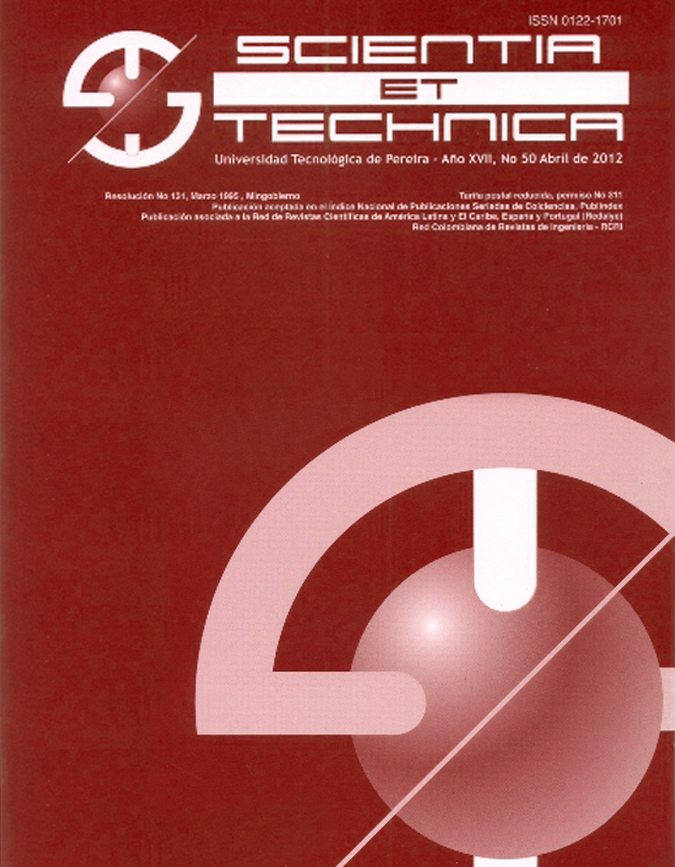Análisis de la dinámica fotosférica a granescala durante el ciclo solar 24
DOI:
https://doi.org/10.22517/23447214.17541Palabras clave:
Física solar, Granulación, Fotosfera, Dinámica, Flujos Meridionales, Técnicas de correlación localResumen
The analysis of the movements of the solar photosphere has been used by several authors to study the dynamics of solar plasma at various spatial and temporal scales. This work, in particular, is focused on the study of vertical movements, in order to perform a statistical analysis of the flow maps to characterize some dynamic aspects of the photospheric plasma along the time evolution of the Sun. To carry out this analysis, we used a set of images obtained by the HMI instrument HMI (Helioseismic and Magnetic Imager) aboard the SDO mission (Solar Dynamics Observatory) to which local correlation tracking algorithms (LCT) were applied. they allow the identification of areas of convergence and divergence of the plasma at certain time intervals during the solar cycle 24, thus covering moments of high and low solar activity. The study gives us the reason for the meridional movements showing that in low latitudes the outgoing emergency flow occupied a higher percentage of area, while in the latitudes near the poles the behavior changes, that is, the incoming flows occupy a greater area.Descargas
Citas
[1]. Campos Rozo, J. I. (2017). “Evolution and dynamic properties of photospheric plasma in solar active regions” MSc thesis, MSc Thesis, 2017.
[2]. Hathaway, D. H. et al. Jan 2002. “Radial Flows in Supergranules”. 205:25-38.
[3]. National Aerinautics and Space Administration. “The Solar Dynamo”. Marshall Space Flight Center. Solar Physics. [Online]. Avaliable: “http://solarscience.msfc.nasa.gov/dynamo.shtml”.
[4]. November, L. J. and Simon, G. W. (1988) "Precise propermotion measurement of solar granulation," ApJ, 333:427-442.
[5]. Rieutord, M. and Rincon, F. (2010). “The sun's supergranulation”. Living Reviews in Solar Physics, 7 (2).
[6]. Sarbani Basu and H. M. Antia. (2011).“Characteristics of Solar Meridional Flows”. J.Phys. : Conf. Ser.271 012071.
[7]. Stanford Solar Observatories Group. “Joint Science Operations Center (JSOC)”. Stanford University. [Online]. Available: “http://jsoc.stanfor.edu/”.
[8]. Stix, Michael, “The sun: An introduction”. Second Edition. Springer-Verlag. 2004.
[9]. SunPy Community et al. (2015). SunPy-Python for solar physics. Computational Science andDiscovery, 8(1):014009.
[10]. Thomson, W. T. “Coordinate Systems for Solar Image Data”. A&A 449,791-803 (2006)
[11]. Vargas Dominguez, S. (2009). "Study of horizontal flows in solar active regions based on high-resolution image reconstruction techniques". PhD thesis, PhD Thesis, 2009.
Descargas
-
Vistas(Views): 606
- PDF (English) Descargas(Downloads): 321
Publicado
Cómo citar
Número
Sección
Licencia
Derechos de autor 2018 Scientia et technica

Esta obra está bajo una licencia internacional Creative Commons Atribución-NoComercial-CompartirIgual 4.0.
Derechos de autor y licencias
La revista es de acceso abierto gratuito y sus artículos se publican bajo la licencia Creative Commons Atribución/Reconocimiento-No Comercial-Compartir bajo los mismos términos 4.0 Internacional — CC BY-NC-SA 4.0.
Los autores de un artículo aceptado para publicación cederán la totalidad de los derechos patrimoniales a la Universidad Tecnológica de Pereira de manera gratuita, teniendo en cuenta lo siguiente: En caso de que el trabajo presentado sea aprobado para su publicación, los autores deben autorizar de manera ilimitada en el tiempo, a la revista para que pueda reproducirlo, editarlo, distribuirlo, exhibirlo y comunicarlo en cualquier lugar, ya sea por medios impresos, electrónicos, bases de datos, repositorios, discos ópticos, Internet o cualquier otro medio requerido.
Los cedentes mediante contrato CESIÓN DE DERECHOS PATRIMONIALES declaran que todo el material que forma parte del artículo está totalmente libre de derechos de autor de terceros y, por lo tanto, se hacen responsables de cualquier litigio o reclamación relacionada o reclamación relacionada con derechos de propiedad intelectual, exonerando de toda responsabilidad a la Universidad Tecnológica de Pereira (entidad editora) y a su revista Scientia et Technica. De igual forma, los autores aceptan que el trabajo que se presenta sea distribuido en acceso abierto gratuito, resguardando los derechos de autor bajo la licencia Creative Commons Atribución/Reconocimiento-No Comercial- Compartir bajo los mismos términos 4.0 Internacional — CC BY-NC-SA 4.0.
https://creativecommons.org/licenses/by-nc-sa/4.0/
A los autores, la revista Scientia et Technica tiene la obligación de respetarle los derechos morales (artículo 30 de la Ley 23 de 1982 del Gobierno Colombiano) que se les debe reconocen a estos la paternidad de la obra, el derecho a la integridad y el derecho de divulgación. Estos no se pueden ceder ni renunciar.



